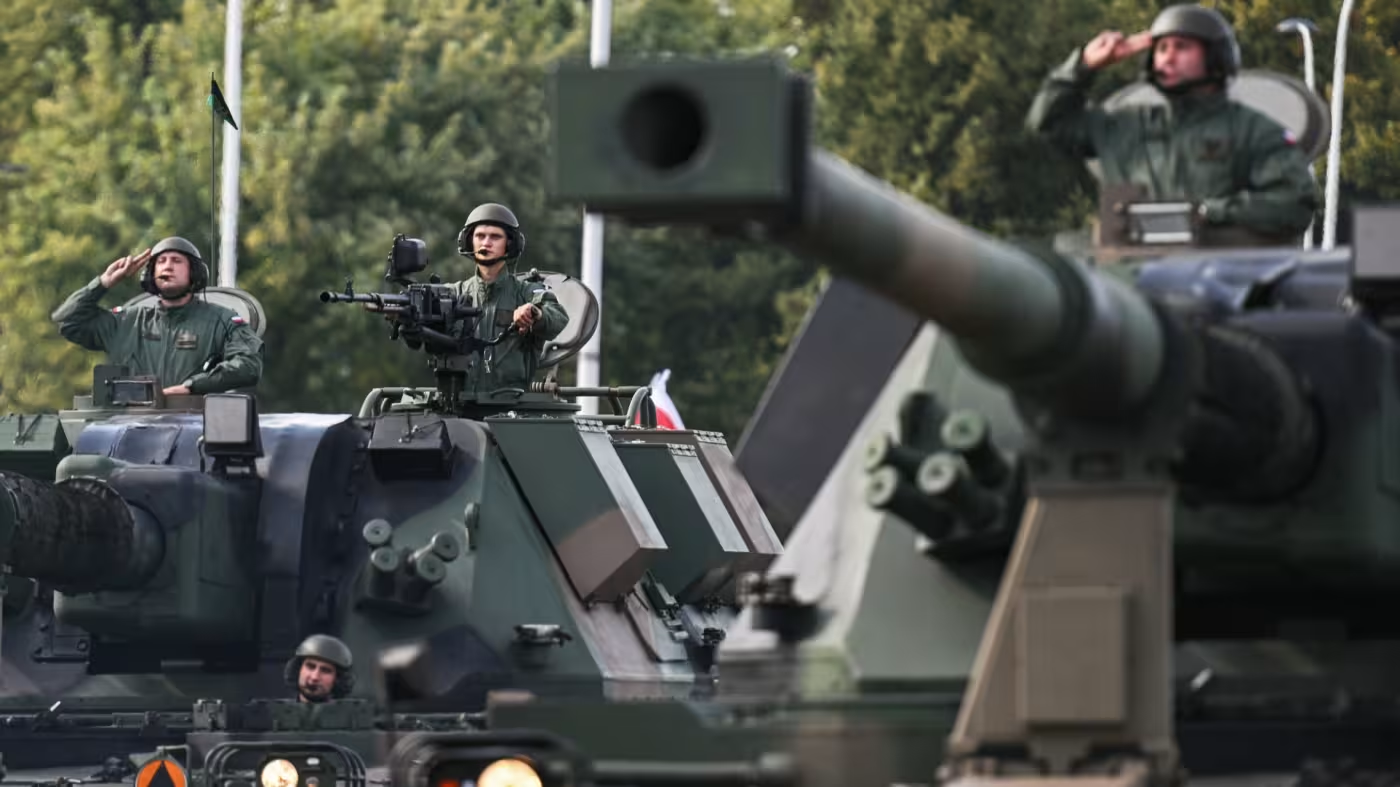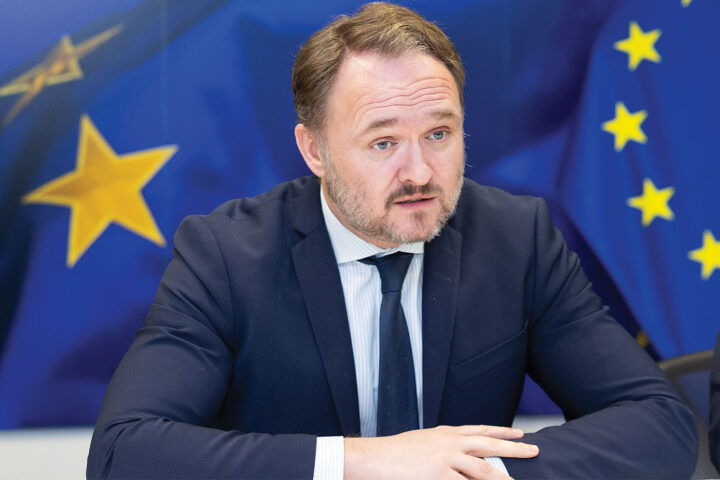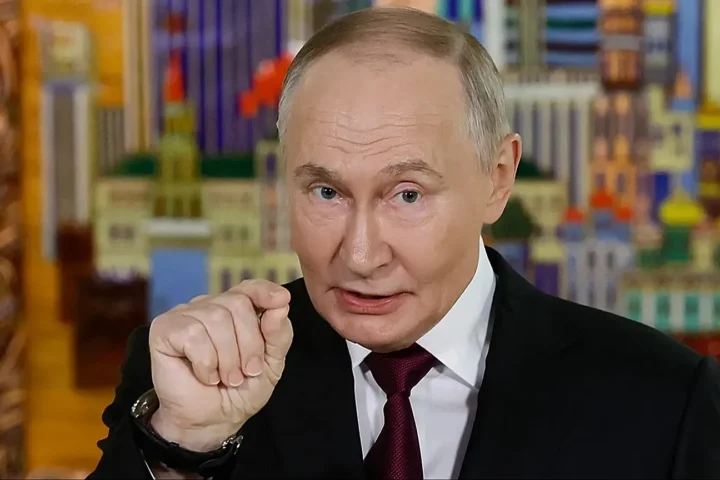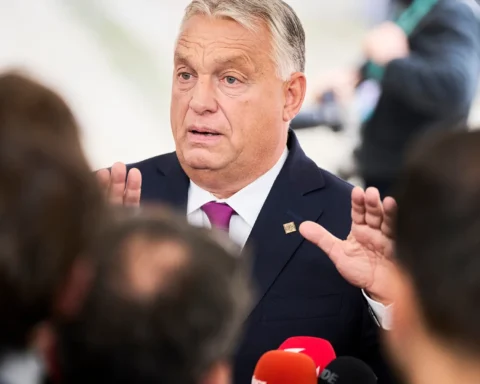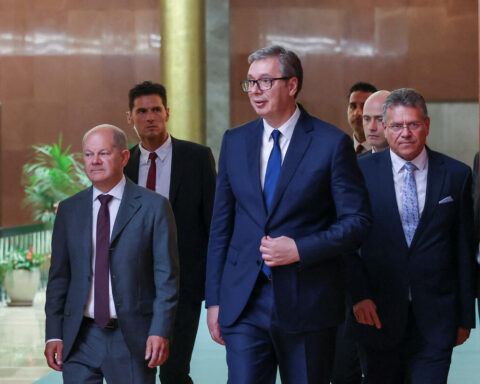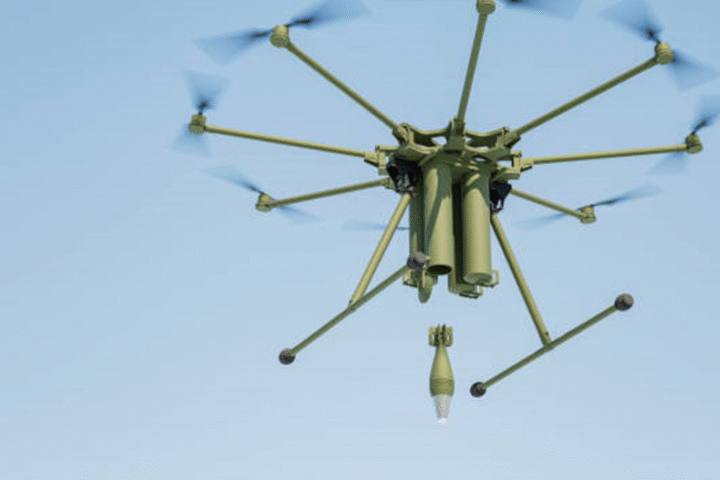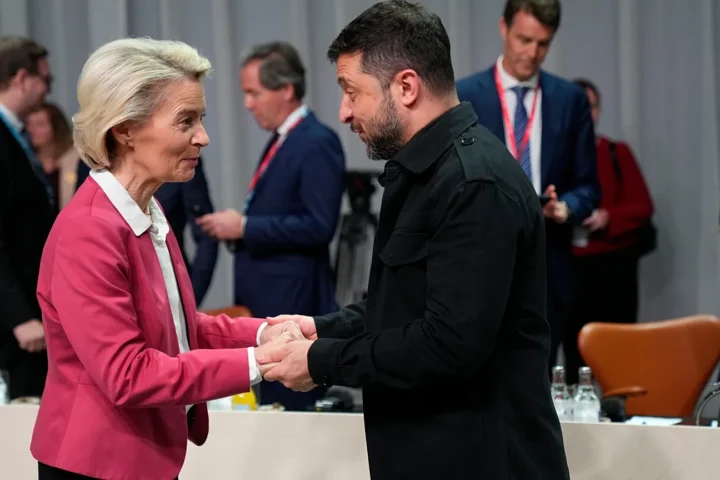As geopolitical tensions intensify across Europe’s eastern flank, the European Union is accelerating efforts to strengthen its collective defence posture. One of the most consequential initiatives now emerging from Brussels is the so-called “Military Schengen” — a proposal designed to ensure that European troops, vehicles, ammunition, and heavy equipment can cross internal EU borders rapidly and without bureaucratic delays in the event of a crisis.
The core question shaping this plan is stark:
If an EU country is attacked, how long should it take for reinforcements from neighboring member states to cross borders and deploy?
According to Brussels, the answer is: no longer than absolutely necessary — and certainly not days or weeks.
Why Europe Needs a Military Schengen
The idea of unhindered military mobility has circulated for years, but Russia’s full-scale invasion of Ukraine in 2022 pushed it firmly onto the EU’s priority list. While NATO provides the overarching military framework, the ability to physically move troops across Europe remains an EU responsibility — one that still suffers from bottlenecks.
Current problems include:
- Border delays caused by customs, documentation, or clearance procedures.
- Road and infrastructure limitations unable to support heavy armored vehicles.
- Divergent national regulations on troop transit and weapon transport.
- Lack of unified emergency protocols, meaning response times vary widely.
In a high-speed conflict, particularly on the EU’s eastern frontier, these obstacles could cost hours or days — time that frontline states such as Poland, Estonia, or Finland may not have.
A “Military Schengen” aims to eliminate such delays and treat military mobility with the same freedom as civilian travel under the traditional Schengen zone.
What Brussels Is Proposing
The European Commission’s proposal would be the most ambitious push yet to formalize rapid military mobility across the bloc.
Key elements of the plan:
1. Binding time limits for transit approval
Each EU member state would be obligated to process and approve troop or equipment transit requests within a strict, predetermined timeframe. Some drafts propose:
- Within 24 hours during peacetime
- Within 12 hours or immediately during emergency alerts or attacks
This would effectively prevent one country from delaying another’s reinforcements — a vulnerability highlighted repeatedly in EU defence assessments.
2. Standardised digital requests and documentation
All transit procedures would move to a unified digital platform, eliminating paper-based or country-specific systems.
3. Pre-approved routes and infrastructure
The EU would map and upgrade key transport corridors — rail, road, and bridges — capable of handling heavy military loads. Some are already funded under the Connecting Europe Facility (CEF).
4. Automatic facilitation in case of an Article 42.7 invocation
If a member state triggers the EU’s mutual defence clause (similar to NATO Article 5), transit permissions would accelerate automatically across all borders.
Why It Matters: A Response to a New Security Era
While the EU’s 27 nations share political and economic unity, their military infrastructure has lagged behind modern threat dynamics.
Eastern flank states want guarantees
Countries like Lithuania, Latvia, Estonia, Finland, Poland, Slovakia, and Romania have repeatedly warned that reinforcements must arrive within hours, not days, if Russia were ever to test NATO’s or the EU’s resolve.
NATO also depends on EU mobility
Although NATO commands Europe’s defence, it has no authority over EU border procedures or infrastructure. The Military Schengen directly supports NATO’s rapid deployment strategies across European terrain.
The US factor
Washington has long urged Europe to streamline troop movement so American forces can land and move quickly — particularly through Germany, Poland, and the Baltic route.
Concerns and Resistance: Not All EU Countries Agree
While the proposal has broad support among frontline states, resistance remains.
Sovereignty worries
Some Western and Southern European members fear a “Military Schengen” could:
- Limit national control over who enters their territory
- Create automatic obligations that bypass domestic parliamentary oversight
- Increase exposure to foreign military deployments on their soil
Infrastructure costs
Upgrading roads and bridges for 50–70-ton tanks is expensive. Some nations are reluctant to commit budgets to defence-related infrastructure.
Political sensitivities
The idea of high-speed military convoys crossing national borders still raises public concerns in several countries with strong neutrality traditions.
How Fast Could It Actually Become Reality?
If approved, the regulation would require implementation over a multi-year timeline. Key steps include:
- Legislative adoption by the European Parliament and the Council.
- National alignment of transit laws and emergency protocols.
- Infrastructure upgrades across priority corridors.
- Coordination with NATO’s logistics command to ensure interoperability.
Initial elements — particularly digital clearance and emergency time limits — could be operational as early as 2025–2026, depending on political consensus.
Geopolitical Implications: A Stronger and Faster EU
A fully functional Military Schengen would represent a historic shift, transforming the EU from a largely economic bloc into a more integrated defence union capable of rapid response.
It signals:
- A deterrence message to adversaries watching for European weaknesses.
- A commitment to collective security compatible with NATO’s defense plans.
- A recognition that border-free movement is not just for travelers but also for armies in times of crisis.
As one senior EU official described it in recent discussions:
“Europe must be able to move as fast as the threat moves.”
Conclusion: Europe Prepares for the Scenarios It Once Thought Impossible
The Brussels plan for a Military Schengen reflects a new strategic reality: Europe no longer imagines a peaceful buffer in the East, but a potential battlefield requiring immediate reinforcement.
Whether the political momentum will carry the proposal through remains to be seen. But the urgency is clear — and the principle unmistakable:
If one EU country is attacked, the others must be able to show up instantly. Not after delays, not after paperwork — but when it matters most.
